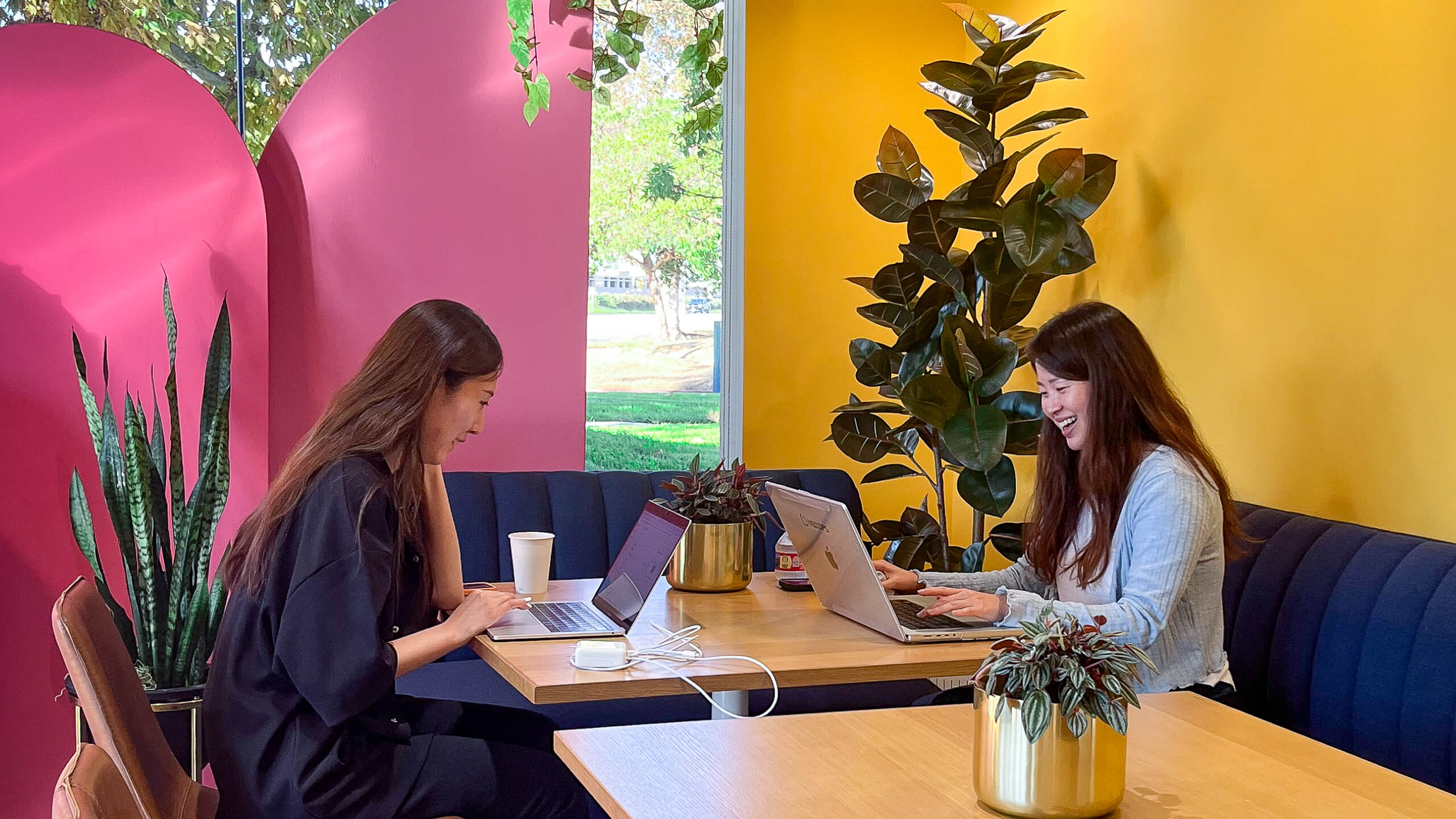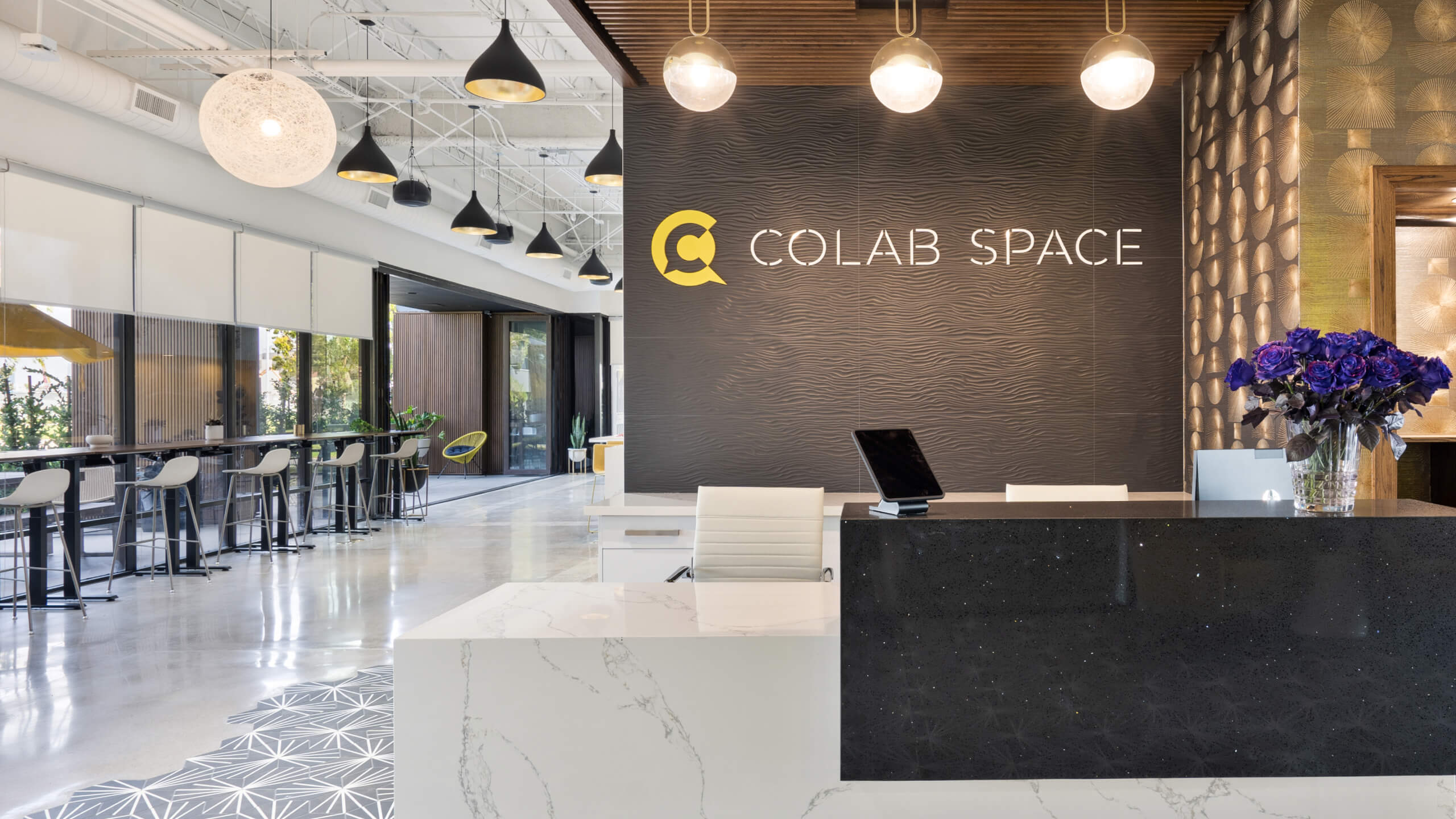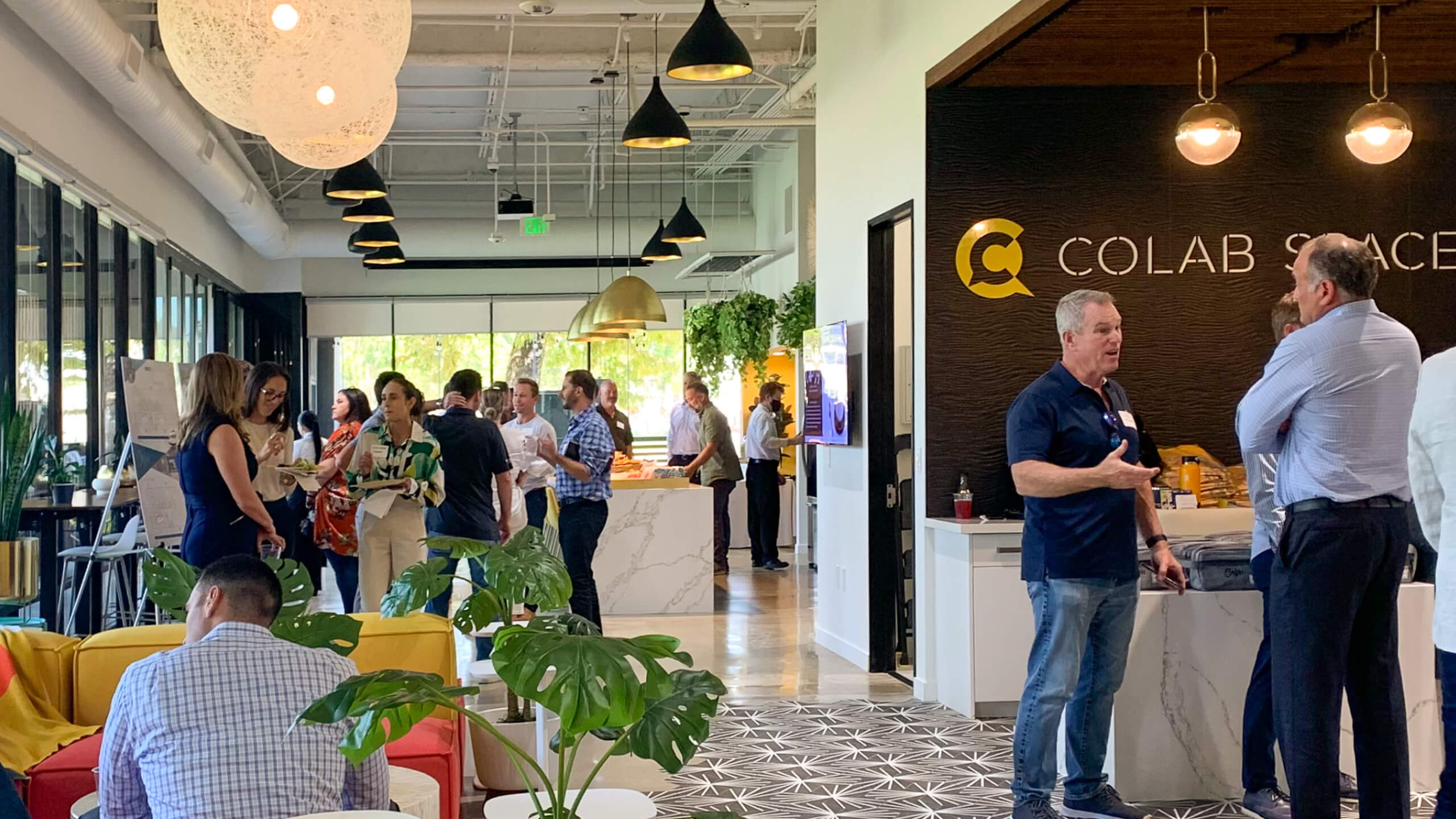If your social skills feel rusty after the pandemic, you’re certainly not alone.
When many of us were forced to work remotely, our collaboration, communication, and professional social skills took a back seat for a while.
Organic social connections at the office and casual “watercooler” talk virtually disappeared from our work lives.
And now that many employers are considering whether they should bring teams back to the office, it’s important to look at the value that in-person interaction has in job satisfaction and how it impacts team dynamics.
In this article, we’ll explore the value of social interaction—even on an occasional basis—and offer six ideas for how to manufacture workplace socialization post-pandemic.
One Big Post-Pandemic Problem
In March 2020, the way teammates interacted with one another changed in the course of a few weeks.
Zoom meetings dominated our workdays, and platforms like Slack replaced in-person conversations.
While these tools were sufficient to help us get our jobs done, they weren’t able to—and never will be able to—replace face-to-face interactions, casual chit-chat, quick check-ins, and social events.
The challenge is that feeling isolated from one another can have negative impacts on team dynamics and overall business performance.
The Concept of Social Capital (And How to Measure Its Value)
Social capital is defined as the presence of networks, relationships, shared norms, and trust among individuals, teams, and business leaders. It’s equally as vital to organizational success as financial, human, and other forms of corporate capital.
But it’s massively lacking in today’s professional landscape.
In fact, one study of 5,500+ workers in the United States found that more than 75% of respondents were connecting less frequently with others at work and have smaller networks than they used to.
And this decline is concerning as it’s driving a mass exodus of employees from companies, even despite challenging economic times, and leaving employers to cover the costs associated with high turnover levels.
But by making it a priority to build social capital through manufacturing social moments for employees, companies can:
- Foster a sense of belonging: Connecting with colleagues helps employees feel like they belong and can better align with company goals.
- Boost employee morale: Social interactions can boost employee moods, offer encouragement, or help people feel like they matter. Strong morale leads to higher performance.
- Decrease employee stress: Lighthearted and casual interactions can alleviate stress by allowing employees to take meaningful breaks during the day.
- Support better communication: Virtual communication can be effective for many things, but it misses the nuances of expression and demeanor that in-person conversation has.
- Empower new ideas: Casual interactions throughout the day allow employees to exchange ideas or knowledge. This naturally sparks creativity and brainstorming that lead to meaningful ideas or solutions.
- Create company advocates: In a post-pandemic environment, referrals, personal connections, and perceptions of how inclusive and communal a company is will loom ever larger in people’s decisions about where to look for work—and whether to stay at their current jobs.
6 Ideas to Boost Team Dynamics
Given the massive benefits of in-person interaction, employers need to consider how to create these opportunities in their workplace.
And, that doesn’t necessarily mean bringing your whole team back to the office for forty hours per week. Even hybrid workplaces can incorporate opportunities for social interaction that boost team dynamics.
Here are ways to do it.
1. Focus on Hosting Better Meetings
Team meetings are among the best tools available to boost in-person interaction, and there are a few things to focus on here:
- Space: Choose a location that’s conducive to in-person collaboration. Bookable meeting rooms at a coworking space, for example, offer a comfortable location with A/V equipment, coffee, and other amenities that support your meeting.
- Connection: Leave some unstructured time at the beginning and end of the meeting to let employees chat and catch up with each other. Bonus points if it’s around some good snacks, coffee, or a meal!
- Value: Make sure meetings offer real value to everyone involved. This means making sure only relevant people are there and everyone’s time is respected. Meetings with value prevent boredom and frustration, which helps build trust and morale.
2. Have Strategic Check-Ins
Check-in meetings, both between colleagues or between a manager and employee, provide excellent opportunities for social connection.
As much as possible, these should happen in person. Then to take it a step further, consider going for a walk, grabbing a coffee, or sitting outside instead of being in an office. These casual environments help boost genuine connections and make it easier to venture outside a strict meeting agenda.
Another benefit of coworking spaces is their spatial diversity. With private spaces, collaborative areas, lounges, outdoor spaces, and more, you can choose something different to make the most of your meeting.
3. Find a Flexible Workspace
We believe hybrid offices are the future of work. Employees love the flexibility to work both at home and in the office part-time, and employers are embracing the trend.
To set your hybrid office up for success, you need to find the right workplace for your team. Flexible workspaces offer a variety of options to suit your needs:
- Private offices: Companies benefit from cost-savings and increased productivity in a flexible private office at a coworking space. You can get the privacy of a dedicated space while accessing the amenities and services of the broader coworking office.
- Shared workspaces: Small or remote teams may not need a full office, but may benefit from a coworking membership. With it, employees can socialize with each other or other professionals in a shared space, while taking advantage of community events and networking opportunities.
4. Host and Take Part in Social Events
For events to be successful in building a strong dynamic, they have to be something people actually want to attend.
One good way to go about this is by surveying or asking your team about what interests them. Some ideas include:
- Post-work happy hours
- Lunchtime group workout classes
- Meaningful networking events with relevant industry partners
- Team-building socials, like mini golf or an outdoor activity
Offsite activities and events are a great way to shake things up and experience something new. You can utilize flexible event space, such as Colab Space’s fully-appointed rooms, to host your next team event.
And, if you’re a member at a flexible workspace, you don’t need to do the planning yourself—you can just show up. At Colab Space, we host a number of social and wellness-focused events each month for our members to connect and mingle at.
5. Offer Professional Development
Training, upskilling, and professional development opportunities are great for two reasons: they help your employees learn valuable skills to excel in their roles and they offer great opportunities for socialization.
Here are a few ideas to try:
- Lunch and learn: This is a simple and effective way to gather employees over the lunch hour to both increase knowledge and increase connection.
- Conferences: Send team members to industry-relevant conferences and events where they can learn, grow, and form stronger relationships with their colleagues.
- Courses: Offer upskilling and professional development courses to your employees during their work hours. It’s a natural point of connection for those in the course, both as they’re studying and as a general way to build relationships.
- Mentorship: Without organic office connections, some young and new employees are missing out on important mentorship opportunities. Consider implementing a formal mentorship program in your organization. It allows colleagues to connect with each other and access guidance to grow and learn in their careers while building important social capital.
6. Use Technology Strategically
We’re advocating for in-person connections, but that doesn’t mean we’re throwing technology out the window.
There are ways to use it to enhance social interactions. Here are a few ideas:
- Add buffer time to Zoom meetings: If you’re meeting online, add a bit of buffer time to the beginning or end of the meeting to let employees connect and catch up about non-work-related things.
- Fun-only chats: Dedicate a Slack channel or WhatsApp group for fun things only. Encourage meme-sharing, videos, and absolutely zero work talk!
- Enter the metaverse: If you’re really looking to try something new, create a new virtual environment for social connection. The metaverse refers to a shared virtual world where people can interact via a digital avatar. It’s a whole topic in itself, but some companies are embracing this technology to mimic in-person interactions.
Social interactions are key to building positive team dynamics, talent attraction and retention, and strong business performance.
But they need to be proactively created for your team.
If you’re looking for a workspace community where productive professional social interactions thrive, book a tour of The Colab Space today.







